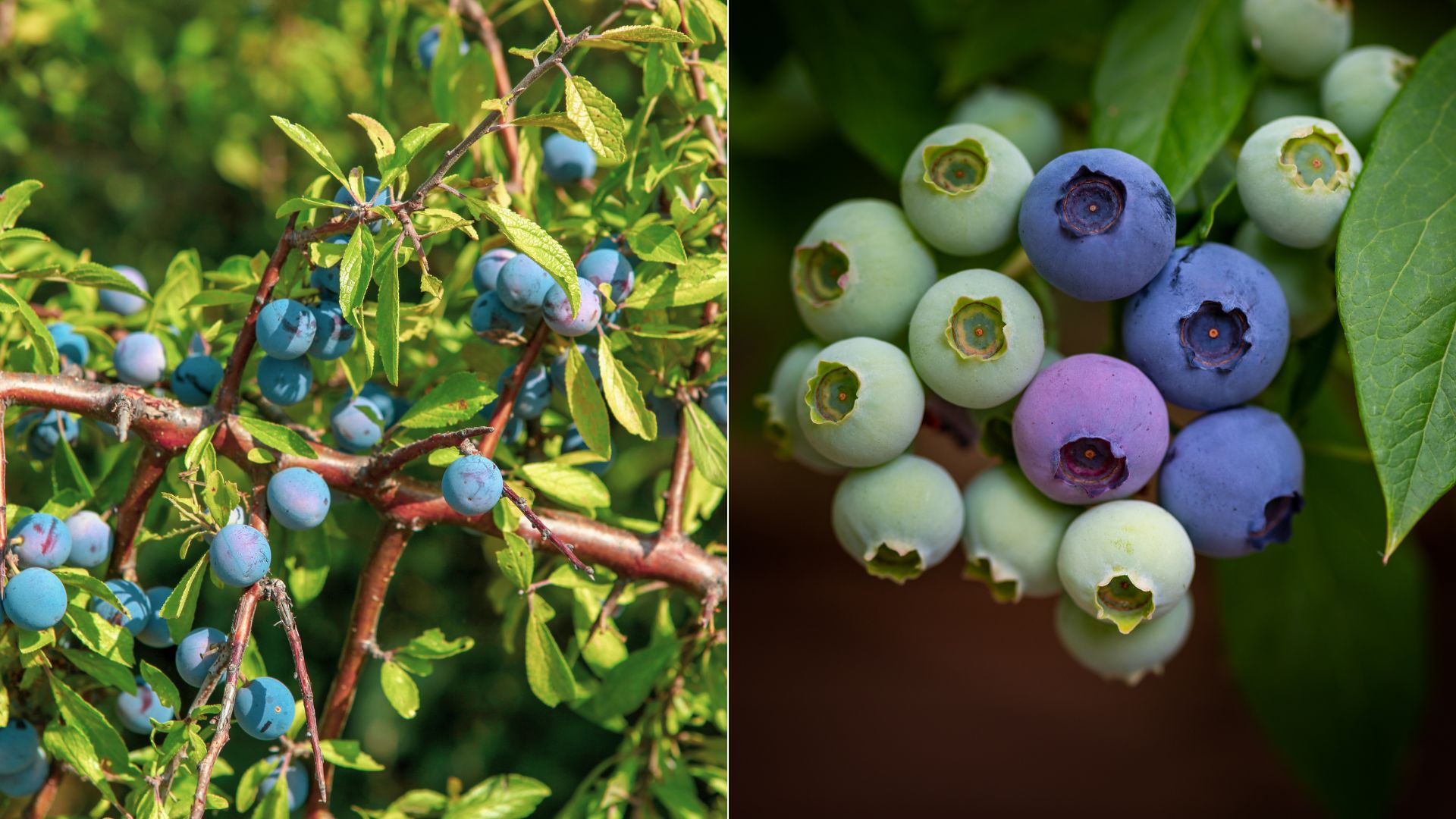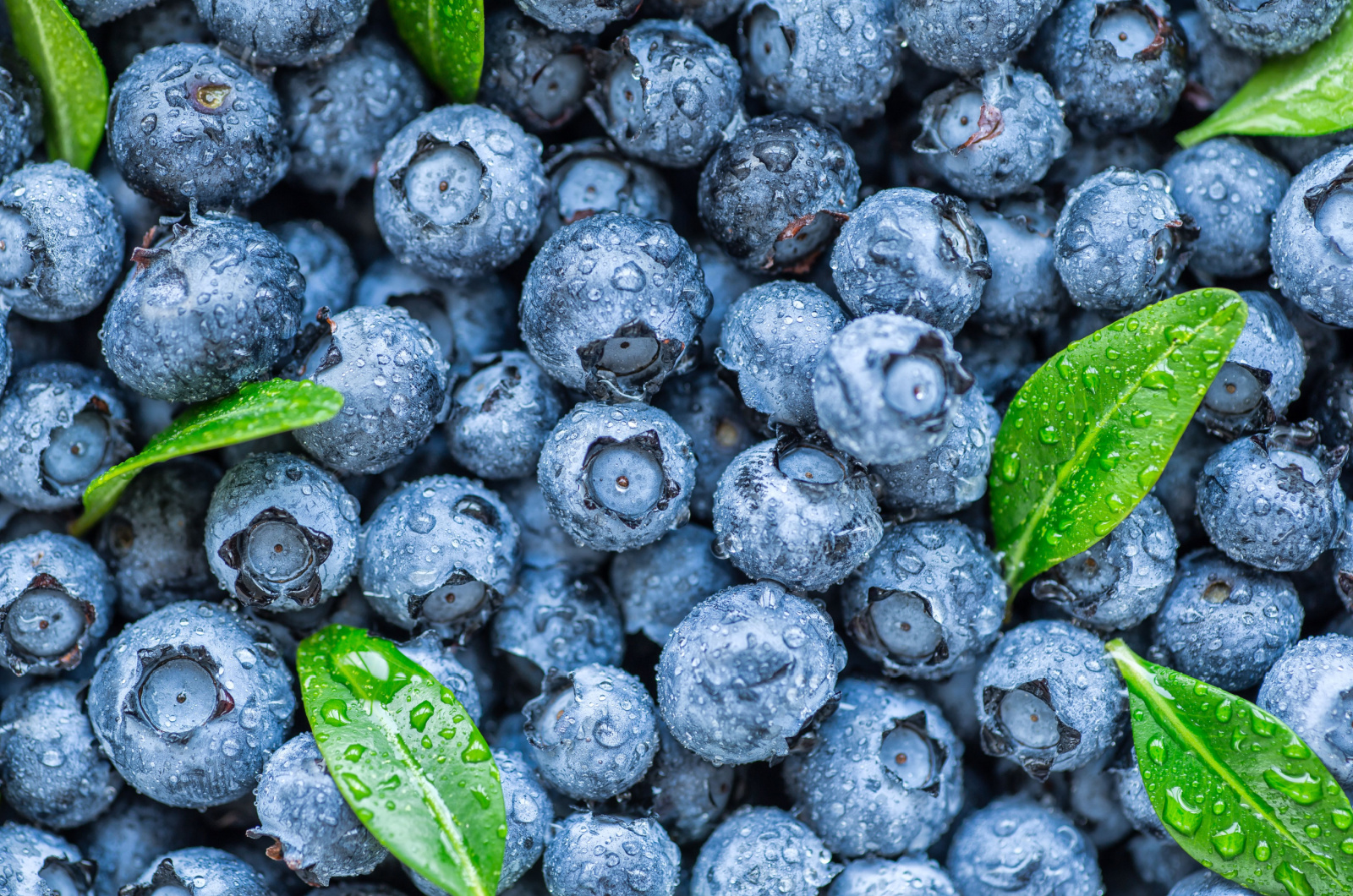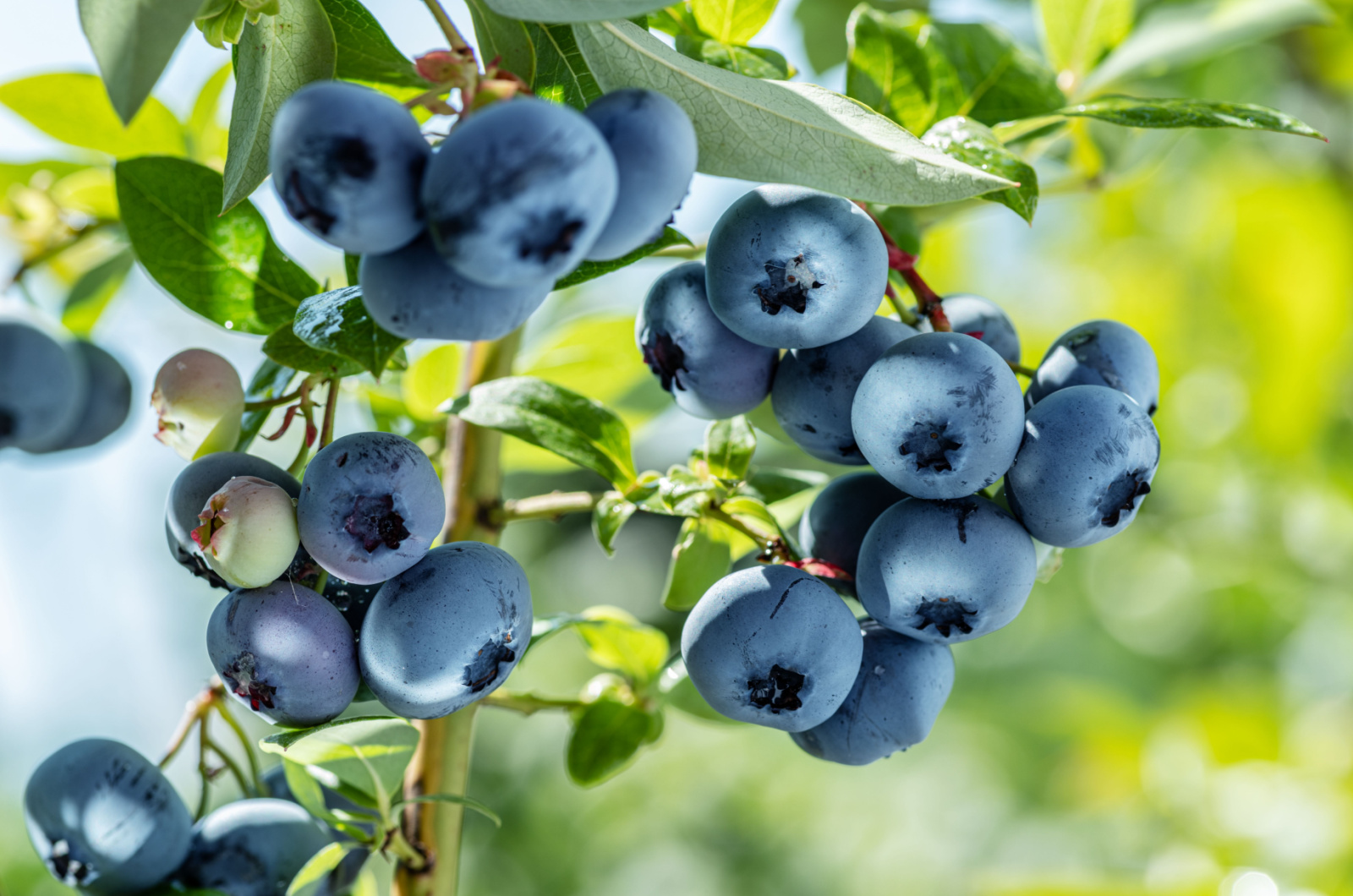Smoothies, pies, and muffins taste best when they’re made with blueberries. But flavor isn’t the only thing that makes these fruits so special. They’re packed with nutrients and have multiple health benefits, which is the reason why many growers add them to their gardens.
If you’re one of them and want to know when to plant blueberries, you’re in the right place. Even though these fruits aren’t hard to maintain, there are some things to pay attention to.
This doesn’t only include the best planting time, but also the best varieties and conditions.
Let’s find out everything!
The Best Planting Time
One of the things you should know about these fruits is that they are native to North America. This means that they can be successfully grown in almost every region.
The best time to plant blueberries is in the fall or spring. These plants thrive best in USDA zones 4 through 9 and will survive harsh winter conditions.
If you want to plant these fruits in hedgerows, you’ll need to ensure spacing of 2 to 2.5 feet. For individual plants, the best spacing is about 6 feet.
Those who decide to grow their blueberries in rows should ensure spacing of about 8-10 feet between each row.
Choosing The Best Varieties
There are different varieties of this plant and you should choose the ones that will grow best in your garden.
For instance, if you live in cooler climates, you should go with highbush varieties because they’re native to eastern US regions. As an added bonus, these varieties are self-fertile, but for the biggest crops it’s always better to go with 2-3 plants.
Another great feature of these varieties is that they grow upright, which makes the harvest super easy.
If you live in warmer climates, then southern highbush varieties are a better choice. They’re also self-fertile but they don’t require cold temperatures during the winter to generate fruits the next season.
Since these varieties tolerate hot and dry conditions, they’re more suitable for container growing.
Those who live in warmer climates have another option: Rabbiteye blueberries. These varieties have high tolerance to hot temperatures and grow well in different soil types.
When compared to highbush, Rabbiteye blueberries are smaller, but if you want a bountiful yield, you need to grow more than one plant.
Tips For Pollination
If you want to extend the blueberry harvest season, you can grow more varieties that produce fruits at different times from summer to fall.
These plants generate pink and white blossoms in the spring and their foliage turns red in the fall, making them perfect for landscaping.
Even though many varieties are partially self-fertile, there are some that don’t have this feature. You can still have a bountiful harvest of large and high-quality fruits by planting different varieties that will cross-pollinate.
Considering that pollinators need to fly from one blueberry plant to another, you should make sure that the spacing between plants doesn’t exceed 50 feet.
Growing some blueberry companions will help you attract beneficial insects and get the best out of these fruits.
The Best Conditions
Before you start growing blueberries in your garden, I highly recommend performing a soil test.
These plants prefer acidic soil types, except for Rabbiteye varieties, which can successfully grow if the soil pH is neutral.
Another essential condition to ensure for these berries is free-draining and porous soil. Blueberries are very sensitive and won’t grow in overly wet soils.
If your soil doesn’t meet these requirements, it would be best to grow your blueberries in raised beds or containers because you can control the conditions in them.
You can also grow blueberries in a hydroponic system if you’re into this type of cultivation.
Pay attention to sun exposure because blueberry plants require at least 6 hours of full sun per day. Once the plants receive enough sunlight, they’ll start generating new flower buds for the following season.
Also, don’t forget to prune and fertilize your blueberries to ensure more nutrients for the best yield ever.
I’m sure that your buckets will be full of these delicious fruits next season, and the only thing you need to do is follow our instructions!



